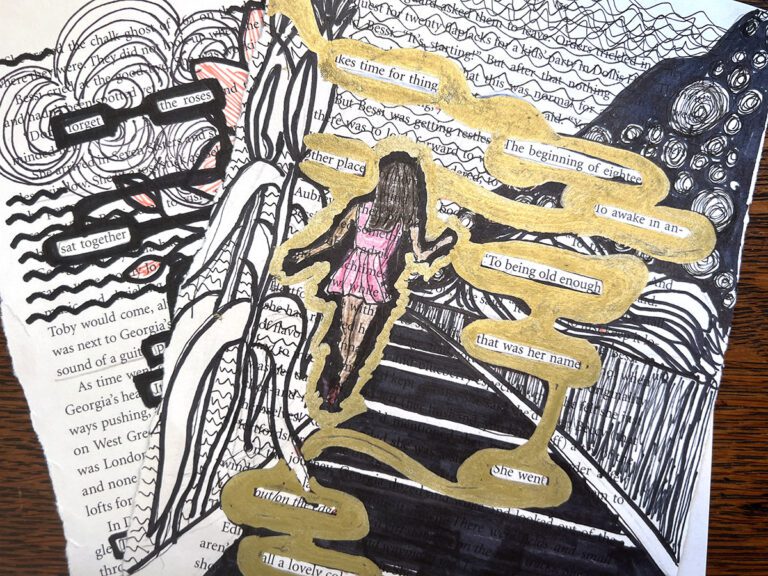At first thought, art and science couldn’t seem further apart. But, in all actuality, many commonalities can be found between the two. The decisions made in the artistic process are not arbitrary. The presence of randomness in both art and science are rare. In fact, the art practices, concepts, and procedures we use and teach in our classrooms are often methodical–just like science. There is a method to the madness.

Today I am going to share how you can use the scientific method in the art room.
Try out “The Color Experiment” with your students, and you’ll see them develop skills as both artists and scientists!

There are many different ways to teach color theory, and to our students, it can be an overwhelming concept. This method of teaching color allows students to discover, observe and construct knowledge through scientific inquiry. Here’s how to do it:
1. Talk About the Scientific Method
Before beginning this activity, it’s always a good idea to talk to your science teacher to ensure the use of common terminology. Although sharing the same basic concepts, there are many different versions of the scientific method that exist. You can find one version in this article.
2. Gather Items
- Shoe Boxes
- Bouncy Balls
- Paint
- Paper
3. Choose Colors
You will then need to determine what tests you would like your students to perform. This will determine which colors of paint you will need. Depending on the grade level, these may vary. The following are examples of color combination tests you may consider using in your experiment:
- Test #1: Red & Yellow
- Test #2: Blue & Red
- Test #3: Yellow & Red
- Test #4: Red, Yellow, & Blue
- Test #5: Pair of Complementary Colors
- Test #6: Mystery Colors

4. Perform the Tests
Performing these tests is simple. For each test, have students place a piece of paper into the shoebox with the two colors of paint and a bouncy ball. Then it’s the fun part–SHAKE, SHAKE, SHAKE! Use this video to get you started.

Using these steps will allow students to discover and observe through experience how different colors mix and work together. All the while, they can record and document what they are learning. I’ve found this activity to increase understanding and recollection of color theory concepts, plus it’s really fun! Students are allowed to “see” and “do” all at once causing an impactful learning experience as both an artist and scientist.
Try this experiment out with your students using the handout below!
Download Now
What other ways might you use the scientific method in your classroom?
What other inter-disciplinary techniques do you already use?
Magazine articles and podcasts are opinions of professional education contributors and do not necessarily represent the position of the Art of Education University (AOEU) or its academic offerings. Contributors use terms in the way they are most often talked about in the scope of their educational experiences.






